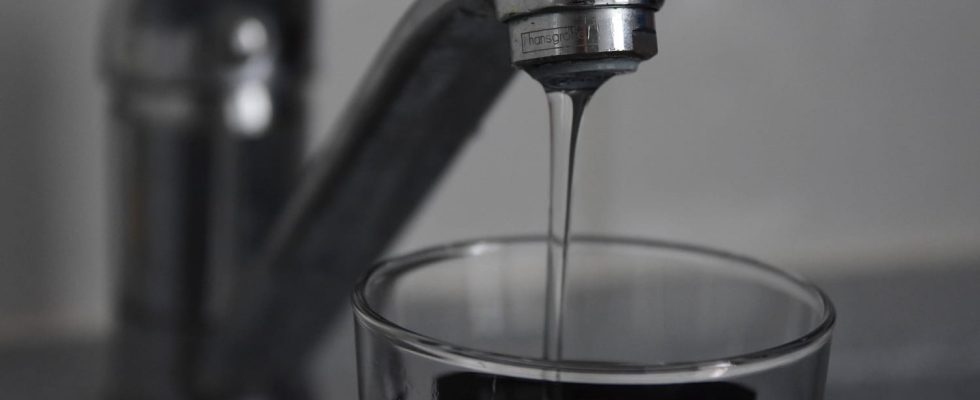Chlorothalonil, a pesticide banned since 2020, was found in excessive quantities in a third of drinking water in France, according to ANSES analyzes published on April 6, 2023. Is it dangerous?
When one seeks, one finds. These are proofs of the contamination of a third of the drinking water in France which were discovered and revealed in the report of the National Agency for Food, Environmental and Occupational Health Safety (ANSES), published Thursday April 6, 2023. During its last national analysis campaign carried out both in mainland France and overseas to assess the presence of 157 pesticides and metabolites in tap water, the organization found that “89 of them were detected at least once in raw water and 77 times in treated water” . Among them, one substance caught the eye: R471811 or metabolite of chlorothalonil.
This pesticide is one of the seven compounds present in excessive quantities compared to the limit of 0.1 µg/litre imposed by the quality criteria for drinking water. Found in 34% of the water samples studied, chlorothalonil is “the most frequently found pesticide metabolite” alert the ANSES researchers.
Which pesticide contaminates drinking water?
ANSES’s observations are cause for concern, because the metabolite in question comes from chlorothalonil, a fungicide whose ban was decided in 2019 and applied in France in 2020. The pesticide used for years and still present in soil since its ban has deteriorated and contaminated drinking water. “Certain pesticide metabolites may remain present in the environment for several years after the banning of the active substance from which they are derived”, underlines the ANSES press release in its conclusions.
Is chlorothalonil in tap water dangerous for health?
Classified as a “relevant” pesticide, chlorothalonil can be present in water but must not exceed the threshold of 0.1 µg/litre. If the quantity of this substance exceeds this limit then the quality of the water deteriorates. On the other hand, thehandles specifies that “the water quality limit for pesticides does not in any way constitute a risk threshold for the health of consumers because it is not drawn up on the basis of the toxicity of the substances”. If health risks are not guaranteed at the moment, The world writes that the parent molecule of the metabolites detected in drinking water is “considered a probable carcinogen by European health authorities and associated with the occurrence of kidney tumors in laboratory animals”. The risk is therefore present. As it stands, “no health effect of the metabolite in question has been proven at these exposure doses, but the data are very incomplete”, further specifies the evening newspaper.
In 2019, when the marketing and use of chlorothalonil was decided, the European Commission indicated that it was “impossible to date to establish that the presence of metabolites of chlorothalonil in groundwater will not have adverse effects harmful to human health” recalls Release. The European Food Safety Authority believes that the pesticide should be considered a “suspected carcinogen”.
